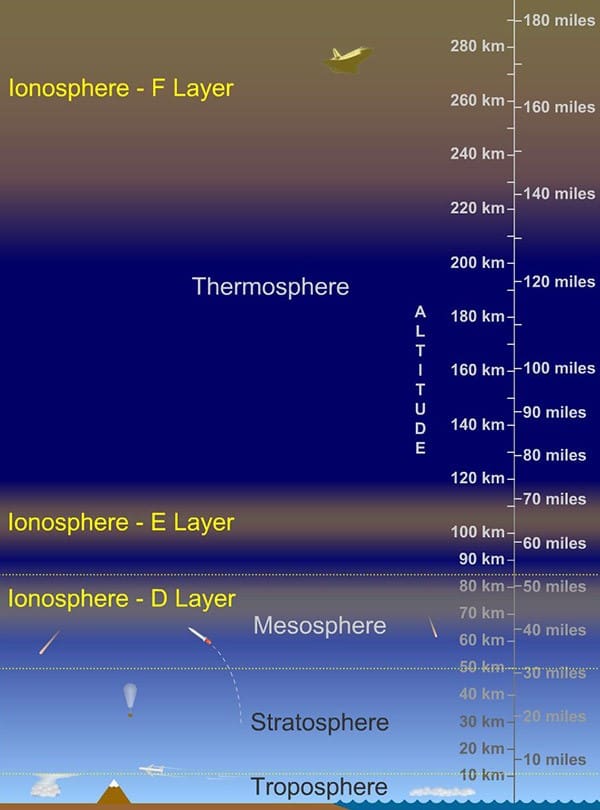Space, the Final Frontier!

It would seem that the desire to explore our boundaries is built into our DNA, and as a result, has driven us into every corner of the globe with few territories untouched. Considering this expansion, it is only reasonable we would extend this reach into the cosmos. This reach has led to an explosion in space related applications, such as satellite communications, lunar travel, deep space satellite exploration, space stations, weather tracking, global mapping, global positioning technology, to name a few (Figure 1).

Historically, these applications were driven by federally funded programs through NASA that utilize prime contractors such as JPL. With time, we have seen a gradual transition to joint developments with the commercial market participants. As the commercial market appetite for space applications increases, time to market and cost management have become ever more critical. SpaceX is a prime example of the private sector collaborating with government to develop cost effective / high quality solutions. The key is to manage cost by utilizing consumer off the shelf devices (COTS) while maintaining safety and performance.
Shake and Bake?

As one could image, the rigors of space travel are a little more intense than your smart phone surviving a plunge in the toilet. For starters you need to get off the launch pad! Gravitational forces in excess of 3 g can be exerted on the payload; however, the most difficult requirement is the vibroacoustic forces. Spacecraft rocket boosters generate intense mechanical vibrations and acoustic shockwaves that propagate through the mechanical structure of the spacecraft. Mechanical systems have different resonate frequencies based on mass, material properties and structure. Test labs such as NASA’s JCS facility simulate these forces with vibration tables that sweep frequency, amplitude and waveform type to determine system resonance (Figure 2). The results are used to identify areas of improvement where additional dampening techniques are implemented.
Exposure to extreme temperature variation is a major challenge, depending on location of the device or element. At an altitude of 408km external temperatures of the space station for example can range >120°C to <-157°C and depends largely on solar exposure and reflective shielding (Figure 3). Mechanical structures can be engineered to mitigate the strain associated with this variation; however, electronic devices are highly susceptible and need to be isolated from such extremes by shielding and thermal control.

As the spacecraft increases in altitude atmospheric pressure decreases to zero (vacuum), this poses several challenges beside not be able to breath. The extreme vacuum of space causes subtle changes in material behavior due to the removal of surface gases and a more gross effect due to the loss of material by sublimation or evaporation (outgassing). Outgassing can cause material fatigue and dramatically decrease system longevity. This is why material purity is critical, minimizing absorbed oxides and gases. Multipaction a phenomena associated with high power applications in a vacuum (typically a waveguide) where free electrons are accelerated toward sidewalls and can result in a secondary electron being emitted. If conditions permit, this process will build exponentially and will result in arcing which can cause permanent damage and/or data loss.

Without the protection of the Earth’s atmosphere, radiation effects in the form of high energy particles or electromagnetic waves bombard the spacecraft. This energy is extremely harmful to humans and causes major havoc with electronic systems. There are several forms of space-based radiation to consider, galactic cosmic rays, solar particles emitted from the sun during solar flare events, radiation trapped by the Earth’s magnetic field. These effects are mitigated with shielding of various forms, aluminum can stop alpha and beta waves however is ineffective to gamma wave radiation (Figure 5). There has been progress in utilizing hydrogen-rich shielding such as polyethylene to reduce the penetration of gamma rays.
Choose Wisely

One of the key systems critical to all space-based applications, is the communication link. The link has various sub-systems comprised of a multiplicity of devices individually selected to meet the rigors of space. All of the areas discussed as they relate to space travel need to be considered, down to the mechanical structure and material properties of each device. For instance, the power amplifier, which is a key element in the transmit chain consumes the majority of the energy, so efficient design techniques are critical along with selecting the optimum device technology. Gallium-Nitrite (GaN) transistors have several advantages for space applications for they address size, weight, power and cost. GaN is a wide bandgap semiconductor which allows higher for operating voltage (lower current), smaller dies, few parasitics, higher operating temperature and is less susceptible to gamma radiation damage. NuWaves has extensive experience with GaN high power designs utilized in flight applications.
Filters are another necessary component in the transmit chain and as mentioned in high power applications, careful consideration needs to be taken when designing waveguide structures to mitigate multipaction. NuWaves has extensive experience in this arena as well. The future of space travel looks bright and opportunities are numerous, and NuWaves is positioned well to meet the challenge!
References
– Figure 1 – https://www.analog.com/en/technical-articles/challenges-for-electronic-circuits-in-space-applications.html
– Figure 2 – https://keystonecompliance.com/vibration-testing/
– Figure 3 – https://scied.ucar.edu/ionosphere
– Figure 4 – http://www.physicalgeography.net/fundamentals/7d.html
– Figure 5 – https://ntrs.nasa.gov/search.jsp?R=19690026573
– Figure 6 – https://www.everythingrf.com/community/what-are-bidirectional-amplifiers
About NuWaves
NuWaves RF Solutions is a premier supplier of RF and Microwave solutions for Department of Defense (DoD), government, and industrial customers. An RF engineering powerhouse, NuWaves offers a broad range of design and engineering services related to the development and sustainment of key communications, telemetry and electronic warfare systems, as well as a complete line of commercially available RF products. NuWaves’ products include wideband frequency converters, high-efficiency and miniature solid-state power amplifiers and bidirectional amplifiers, high intercept low noise amplifiers and miniature RF filters. NuWaves RF Solutions…Trusted RF Solutions™.



Comments are closed